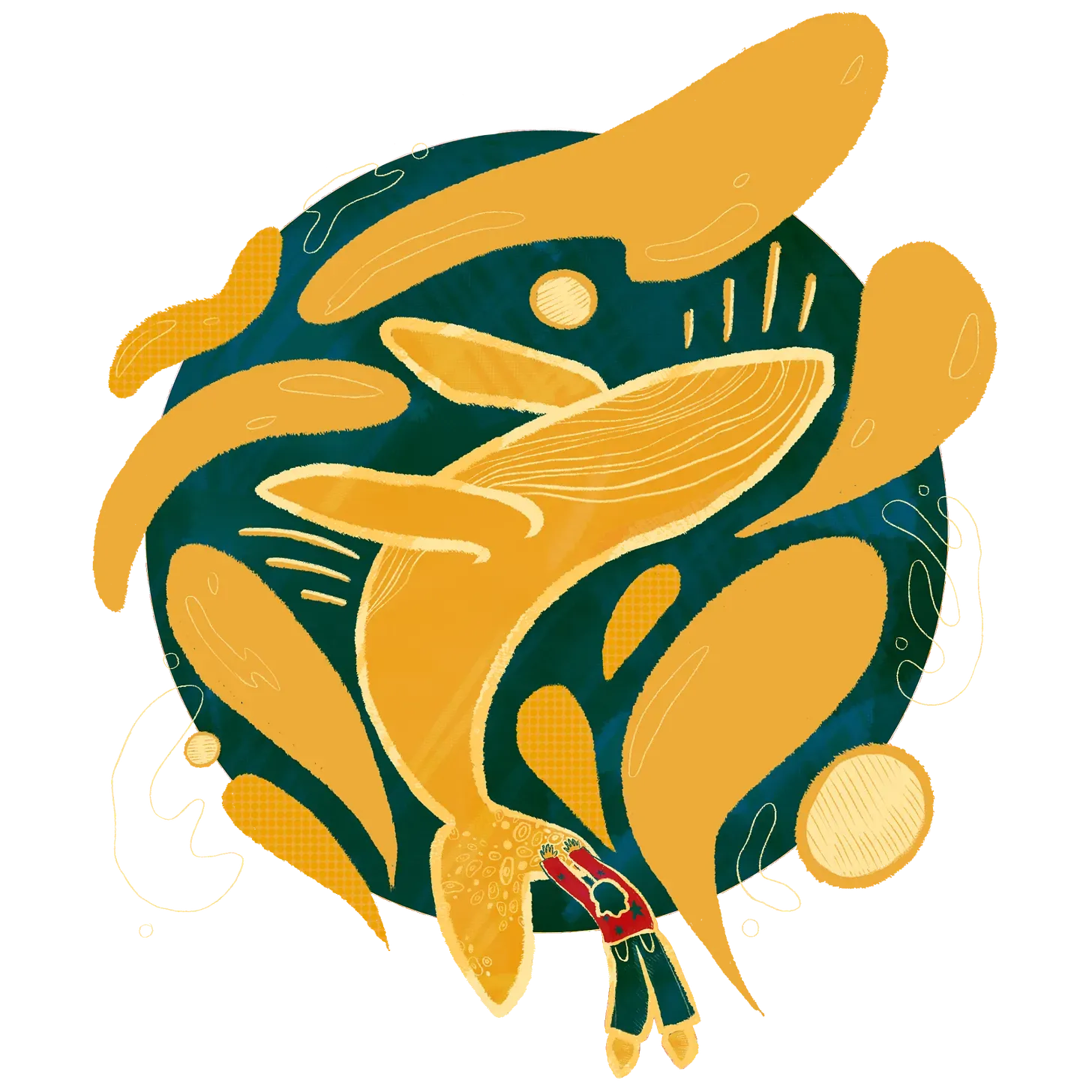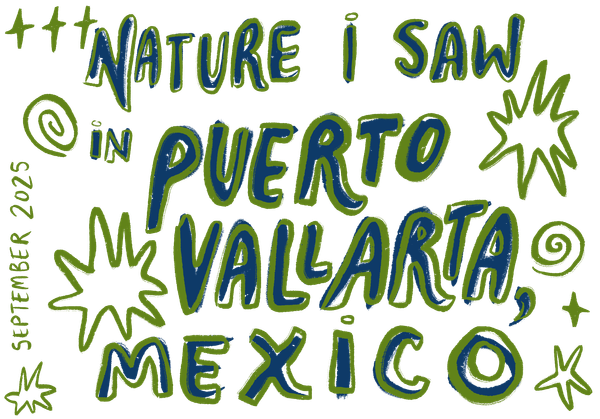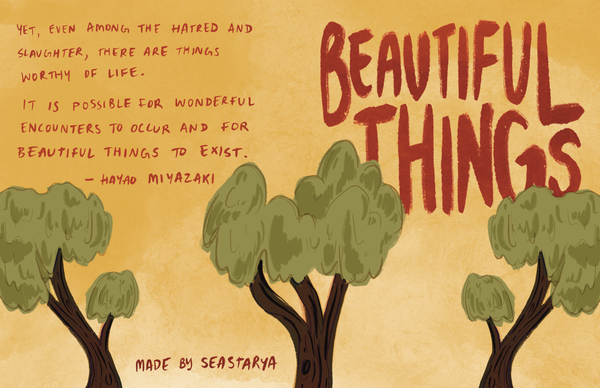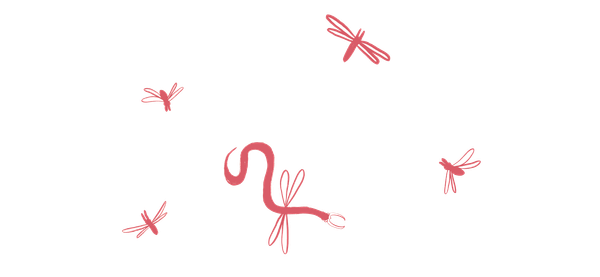how to do real science from wherever you are
all you need is a smartphone & a bit of curiosity
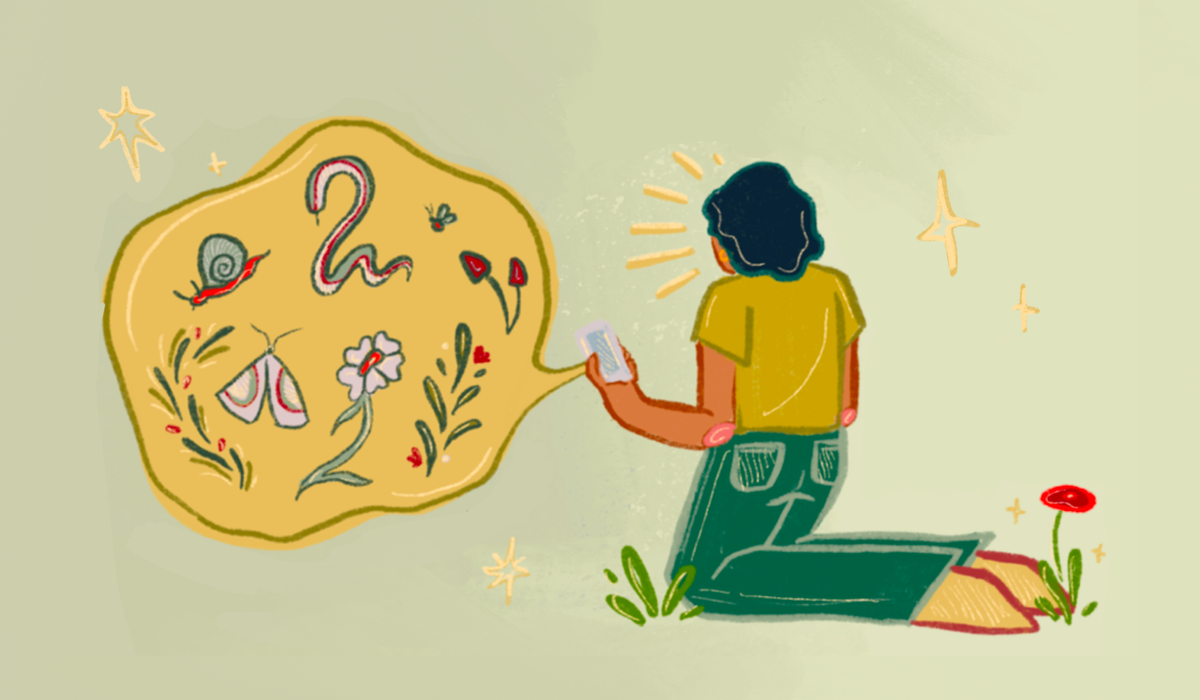
Before I get into this week’s dispatch, I wanted to amplify this letter written by colleagues of mine at the California Academy of Sciences, a natural history museum in San Francisco. A signature is a commitment to “support the liberation of Palestine; join in actions and urge your institutional leaders to start divesting from partnerships that bring environmental and humanitarian damage to our shared world, starting with those that contribute to such destruction in Palestine; support transparency at your institution regarding your labor and your rights to protest, advocate, and provide feedback without retaliation.”
Whether you’ve visited, are a member or community partner, or are staff at a museum yourself, please take a look, read it, sign on, and share.

Jeff Goldblum famously said “life finds a way.” It was about dinosaurs and in a work of fiction like, 30 years ago, but thinking about the several cities I’ve lived in, I really felt that.
Mossy cobblestones, overgrown fences. Birds making nests where they have no business doing so (whether robust or pidgeon-esque ones). Caterpillars incubating into butterflies alongside rushing traffic. Plants growing in between sidewalk cracks, and plants that crack the sidewalks themselves. Humans may have been the animals to build the cities we live in, but plenty of other nature thrives in it right alongside us — and it’s a responsibility and privilege to take care of it.
But cultivating nature in cities needs to be way more than just a select few people planting a few random things here and there. Like, are those native grasses being planted in places where community members actually want them? How might certain flowers impact local insects and pollinators? Who’s going to continually steward any added wildlife corridors so they remain healthy and safe? How will we make sure to take care of local marginalized communities while achieving big dreams of “re-greening”?
Like many of the biggest challenges facing us, right now there are a lot more open questions than solutions. I think that’s a good thing, considering that jumping straight to conclusions without enough consideration can be dangerous — but I, a mere early-career, science-adjacent writer with not a ton of freely expendable time or money often get overwhelmed thinking about where I can even start to make a difference in taking care of the place I live.
That said, community science gives me hope. Maybe it’ll bring you some, too.
What’s community science?
Community science has a few definitions, but at its core, it’s a collaborative, community-based effort to collect and analyze data. It can make science more accessible and democratic by involving more than just professional scientists in research and data-collection, and it allows data to be gathered on an immense scale that wouldn’t be achievable by science professionals alone. These data can go on to inform policies, support conservation efforts, help describe new species, and fuel further scientific research.
Community science projects can be about literally anything — whether sourdough microbes or migrating butterflies. In its best form, it offers a way to acknowledge and center expertise found within local communities when discussing potential solutions, and it creates a powerful source of crowdsourced data to be used in decision-making.
Today is the first day of the largest community science event in the world (IN THE WORLD). It’s called the City Nature Challenge, and people in almost 700 cities across the world are participating by documenting their local nature on iNaturalist.
The City Nature Challenge began in 2016 as a friendly competition between Natural History Museum of Los Angeles and the California Academy of Sciences in San Francisco to see which team could document the most nature in their respective cities. It’s since gone international, with the 2023 challenge bringing in over 1.8 million iNaturalist observations for scientists and decision-makers to use when figuring out how to best protect biodiversity in urban areas.
Anyone, anywhere (yes, including you), can join the City Nature Challenge. Here’s how:
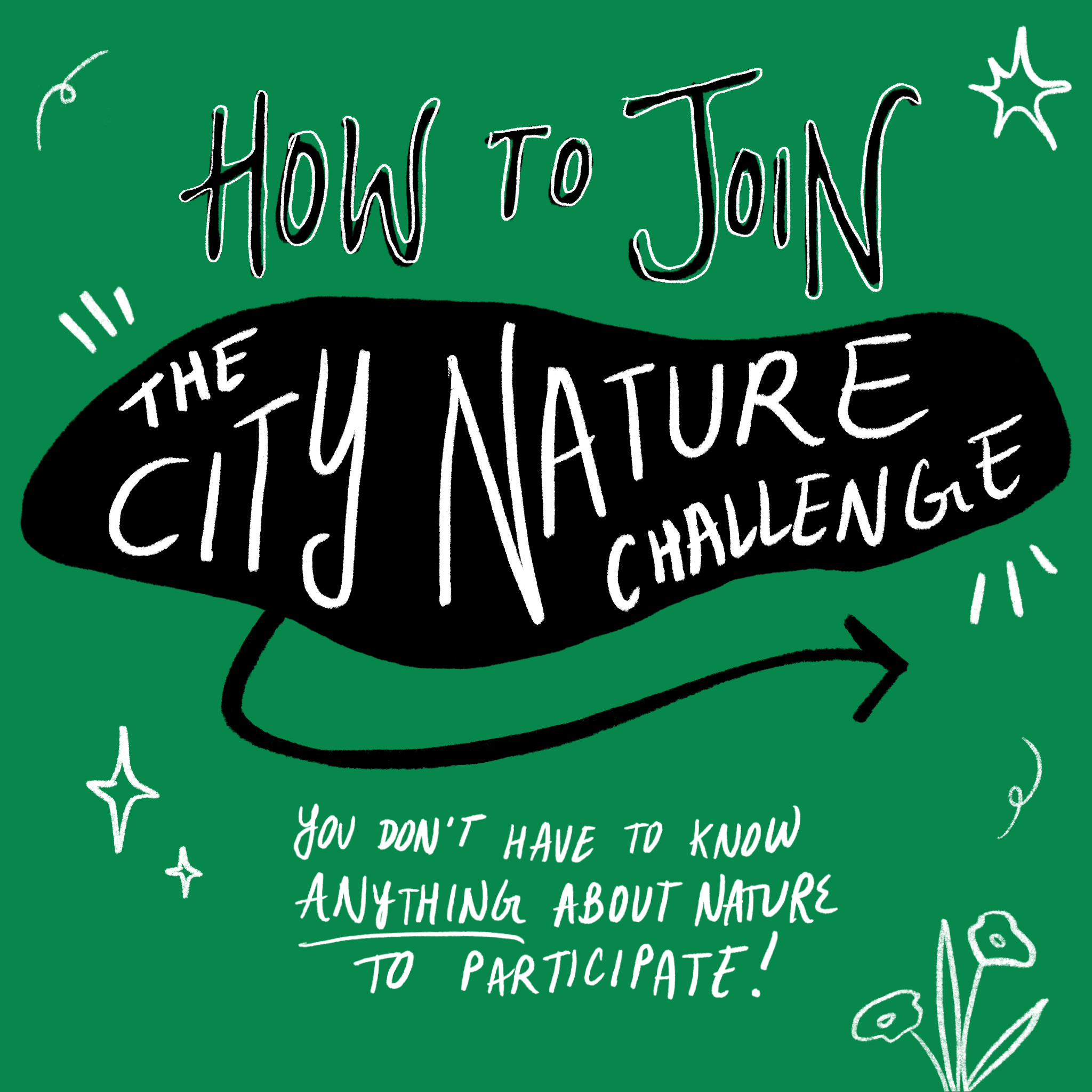
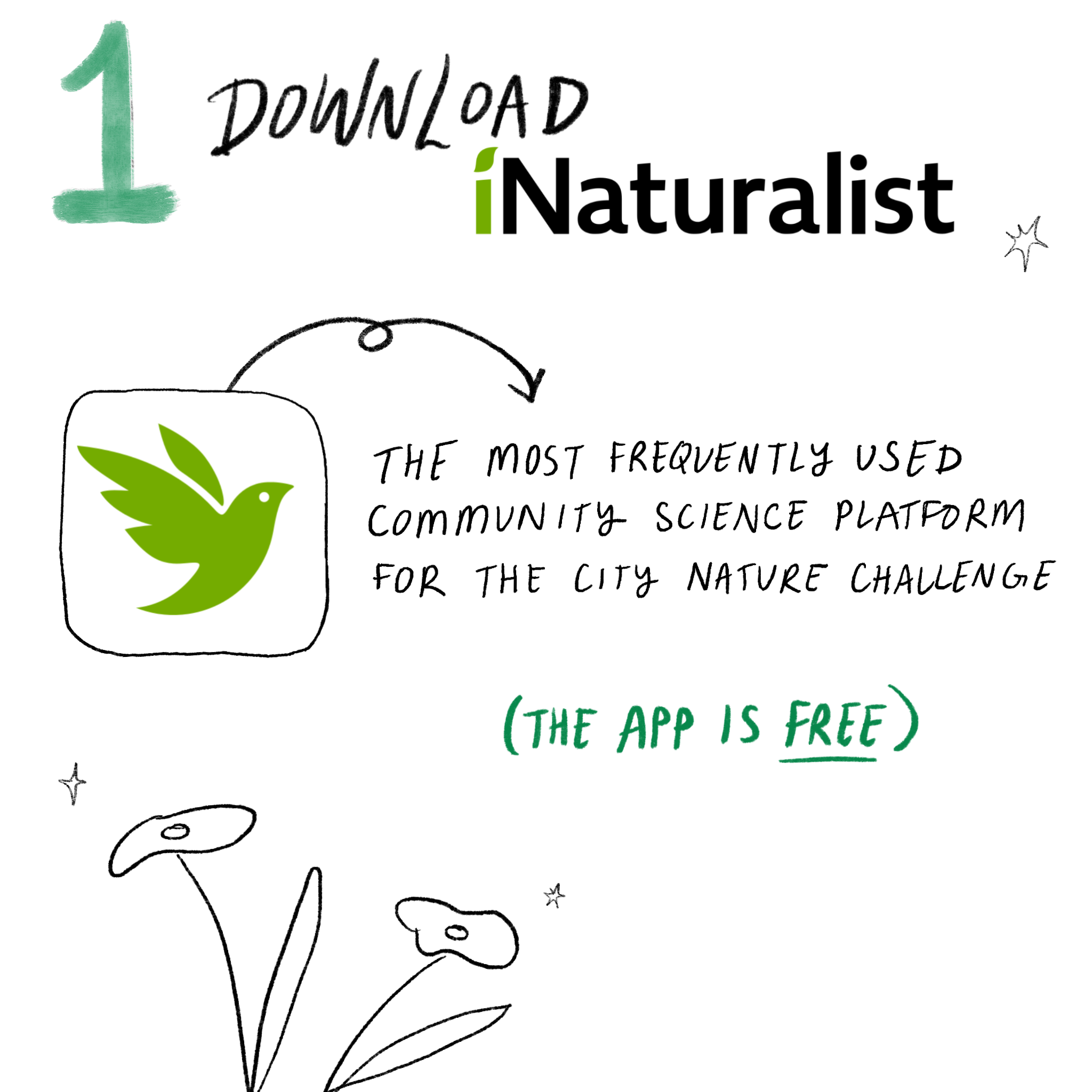
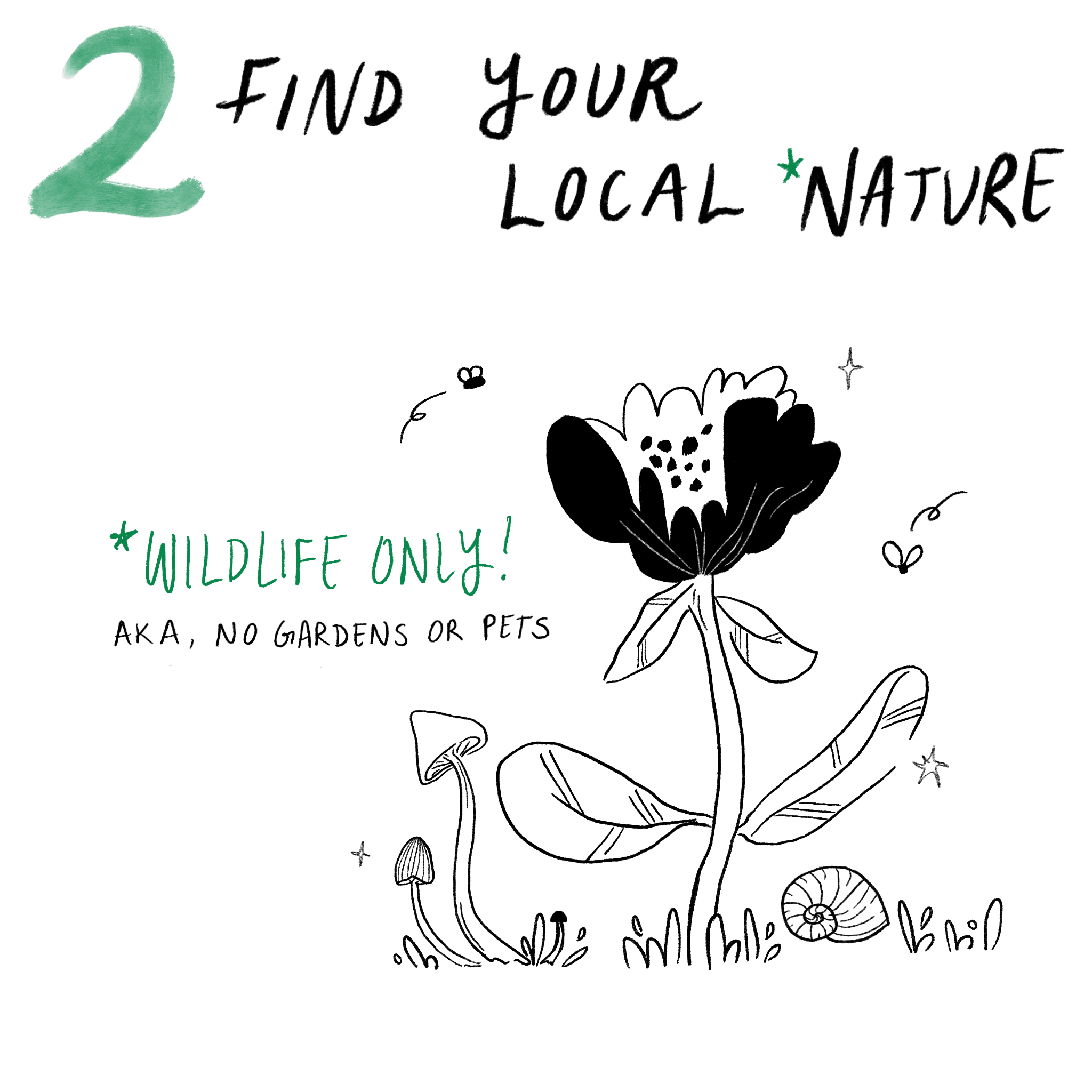
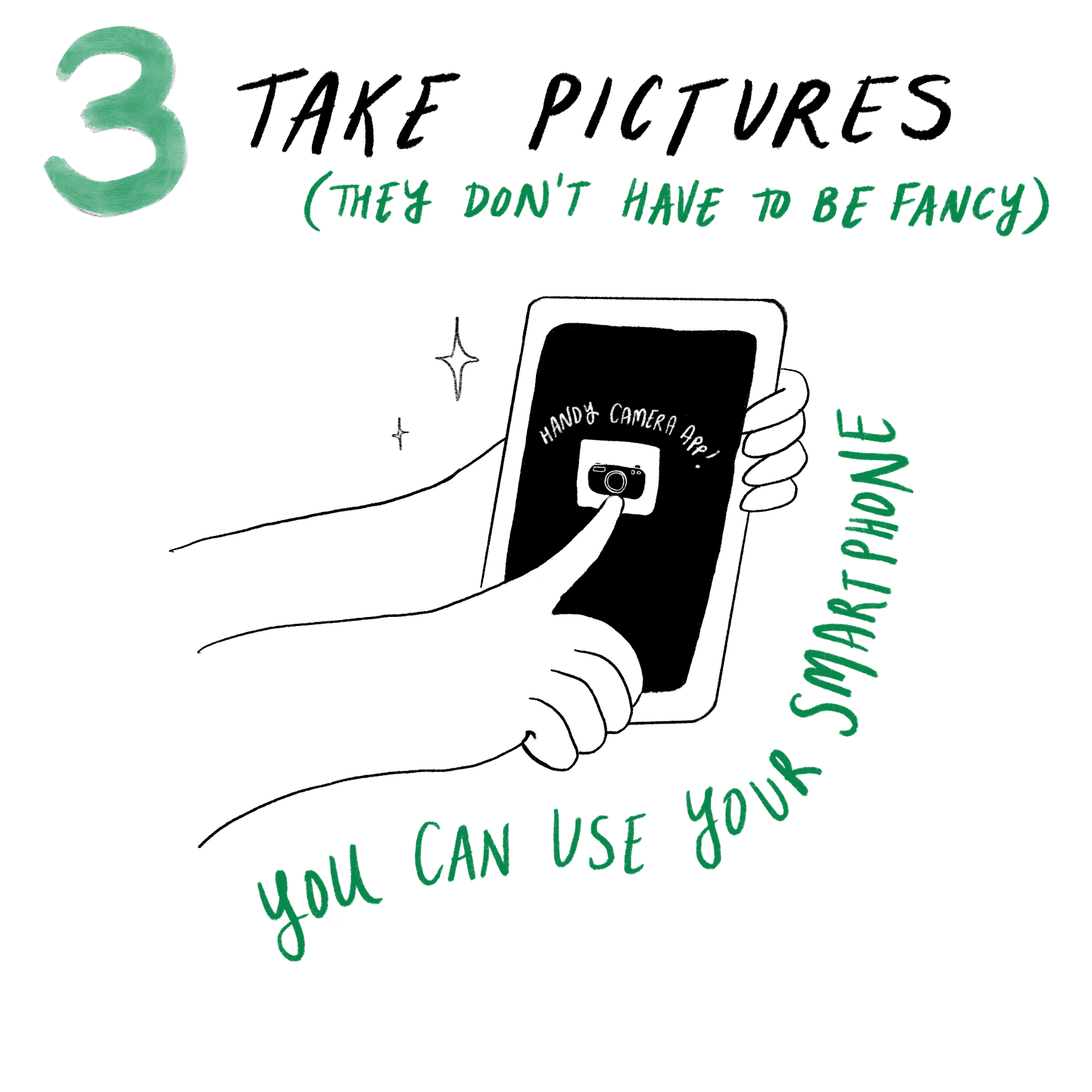
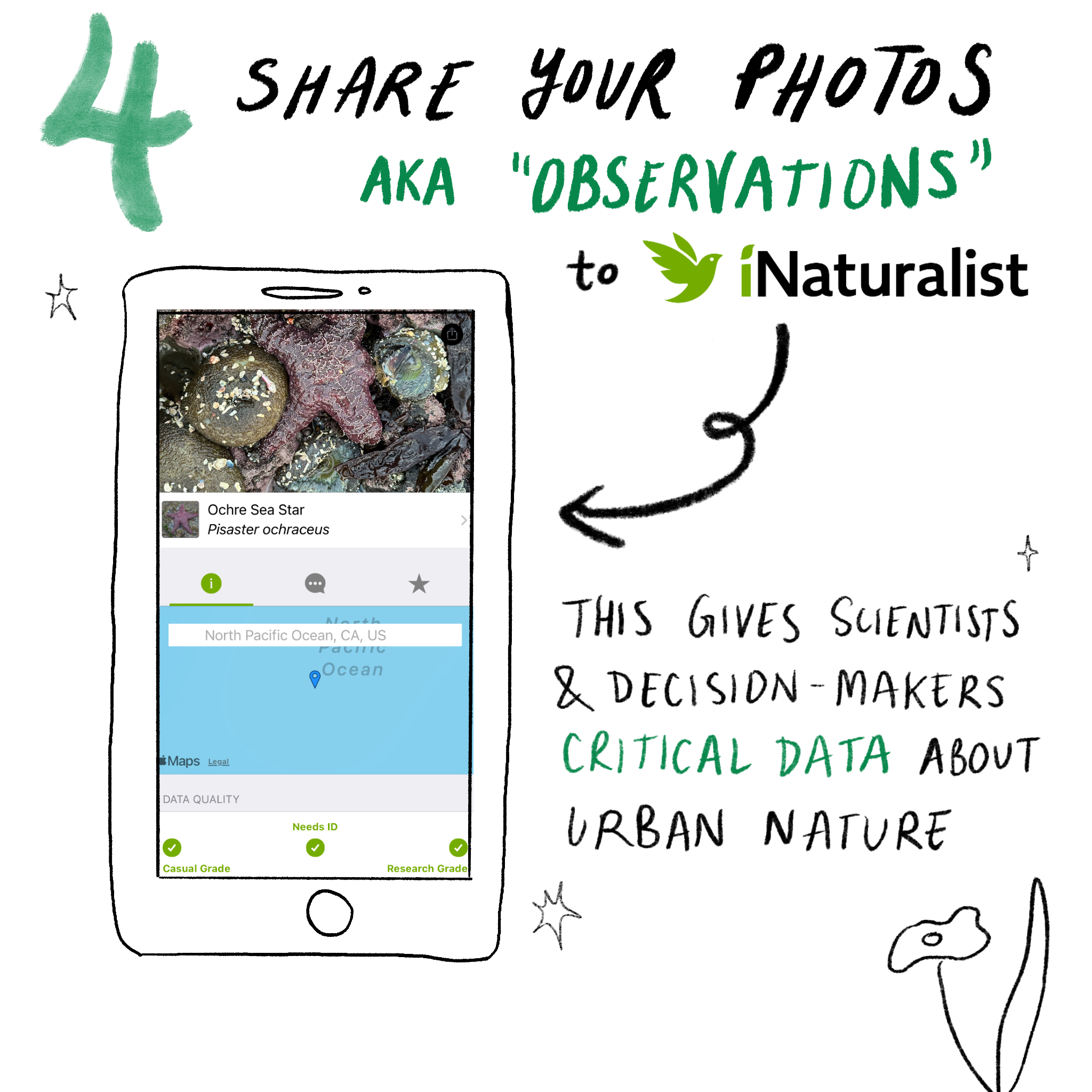
You can go searching for nature solo, with friends or family, or you can get plugged into events being hosted by organizations local to you. Whether you’re in Los Angeles like me, the Bay Area like many of my own friends and family, or elsewhere in the world, there’s probably something happening close by.
And in case you’re already familiar with iNaturalist and/or the City Nature Challenge but want to level-up your community science game:

A few more things on the human-nature connection:
- L.A. Times Plants wants to know: Is it ever okay to gather fruit from someone else’s tree?
- Take Me To Your River: A Cultural Atlas of the LA River seeks to document history and culture around the Los Angeles River.
- I just learned about the Palestine Heirloom Seed Library, a project to preserve Palestinian culture and heritage as it relates to seeds. Founder Vivien Sansour just taught a class on transforming food systems today — find related classes on systems thinking, environmental impact, and so much more here.
- Reading, watching, or creating something related to how humans and nature are interwoven? Let me know — I’d love to share it here (with creds, ofc).
Entirely unrelated: Independent Bookstore Day is this weekend (Apr. 27)! Some friends and I created our own little book-crawl plan for Northeast LA — let me know if you’d be interested in a map of it. I’ll definitely be on the lookout for field guides to add to my collection.
